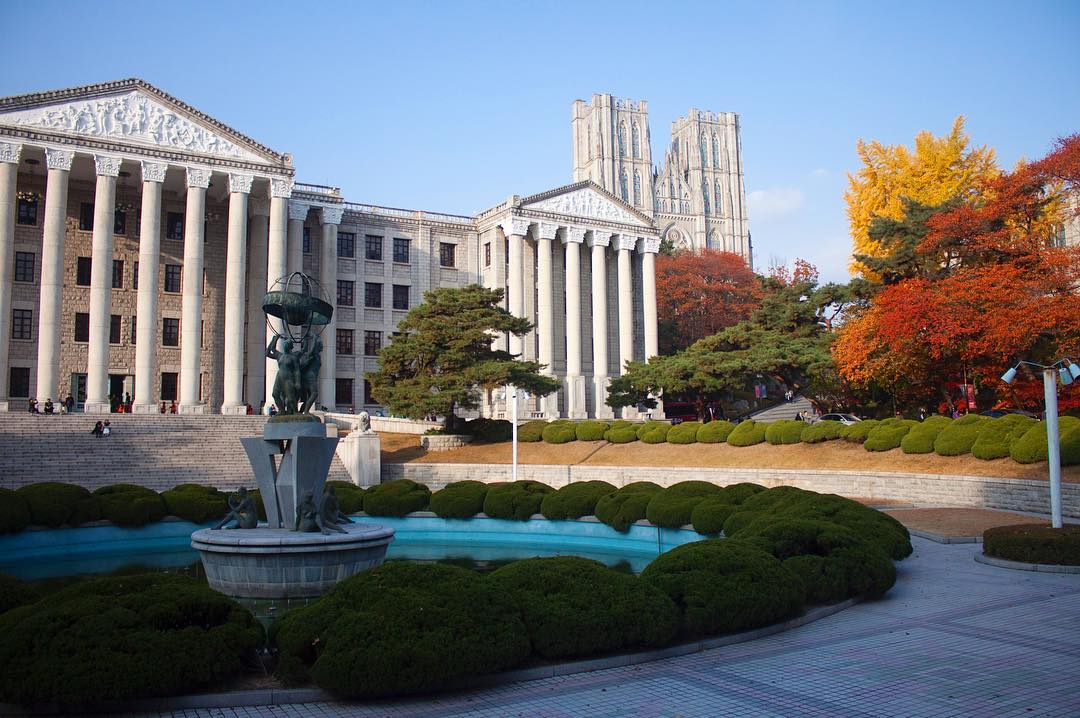If you’ve ever been abroad, you know what a profound impact different cultures can have on your knowledge and education. We—James, from China, and Alison, from Canada—have both studied abroad. If you’re considering studying in either Asia or North America, our experiences might help you decide where to go.
James: I’m a Chinese student studying at TRU for two years. This is my first time studying abroad. It took a long time for me to get used to the education here, transferring from Chinese traditional education. I think there are a lot of differences between the education of Canada and China. As an international student here, I have experienced many new things that I had never seen before. In China, the professor is the only one who speaks in the class, and students just take notes or ask questions to the professor. However, in Canada, professors will usually make students discuss in class and everyone has the opportunity to speak. Although there will be some students too shy to talk, the class atmosphere will push them to speak out their opinions. This is one important part that I think Canadian education is different from Chinese education.
There are also many activities between the professor and students that I will never see in China. For example, in my Hotel Sales course, my professor told us to design a promotional postcard and promote the event to students in campus as a seller. I think this experience is more useful than the lecture from the professor. Experiencing by ourselves is the best way to gain knowledge. This would never happen in China.
In addition, there are some differences outside the class. In Canada, the universities have more of a comfortable environment than in China. The first time I came to TRU, the large amount of green surprised me. I can feel the fresh air and comfortable sightseeing. I think students can have a better studying experience in such environment.
Alison: I’m a Canadian TRU student freshly back from a semester abroad at Kyung Hee University in Seoul, South Korea.
Seoul is a crowded, loud, smoggy city, but the lush green KHU campus in Hoegi reminded me of TRU’s lazy hills. The classrooms are more or less the same as they are in Canada: white-washed walls with a scattering of posters, a glimmering projection screen, uncomfortable plastic chairs and marked-up, gum-riddled desks.
Perhaps the biggest differences I experienced as an exchange student in Asia were internal. As a Canadian in South Korea, I often felt like I was missing cultural codes. I was stared at when my collarbone showed or when I spoke up in class. I, in turn, stared at sleeping students: heads on their desk, dark hair splayed over uncracked textbooks while professors smiled at them because their exhaustion implied they had been up all night studying. I struggled through conversations in Hangul on KakaoTalk, a Korean messenger that never ceased sending me cute-sy notifications. I learned just enough of the language to order my favourite meal in the basement cafeteria: bibimbap, a rice dish with seaweed, veggies, and a cracked egg on top.
It was a little different than the Starbucks and Tim Hortons at TRU.
Both Canada and South Korea present unique educational experiences for university students. Neither experience is better nor worse than the other. Exploring different university situations, in places as diverse as North America and Asia, will broaden and enrich your education. Plus, students who garner international experience are favoured by potential employers and future academic opportunities. So, now that you know, where do you want to go?





